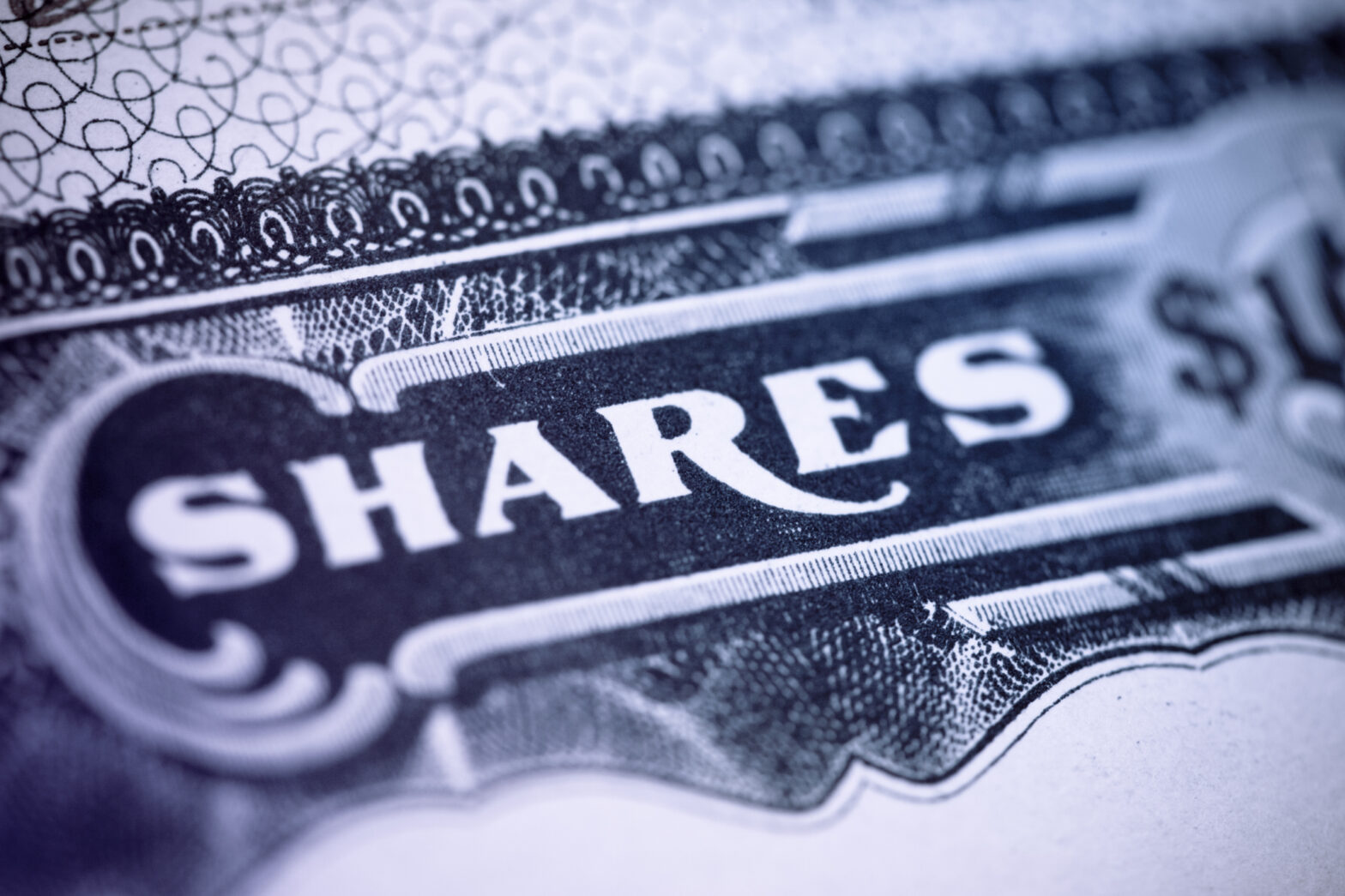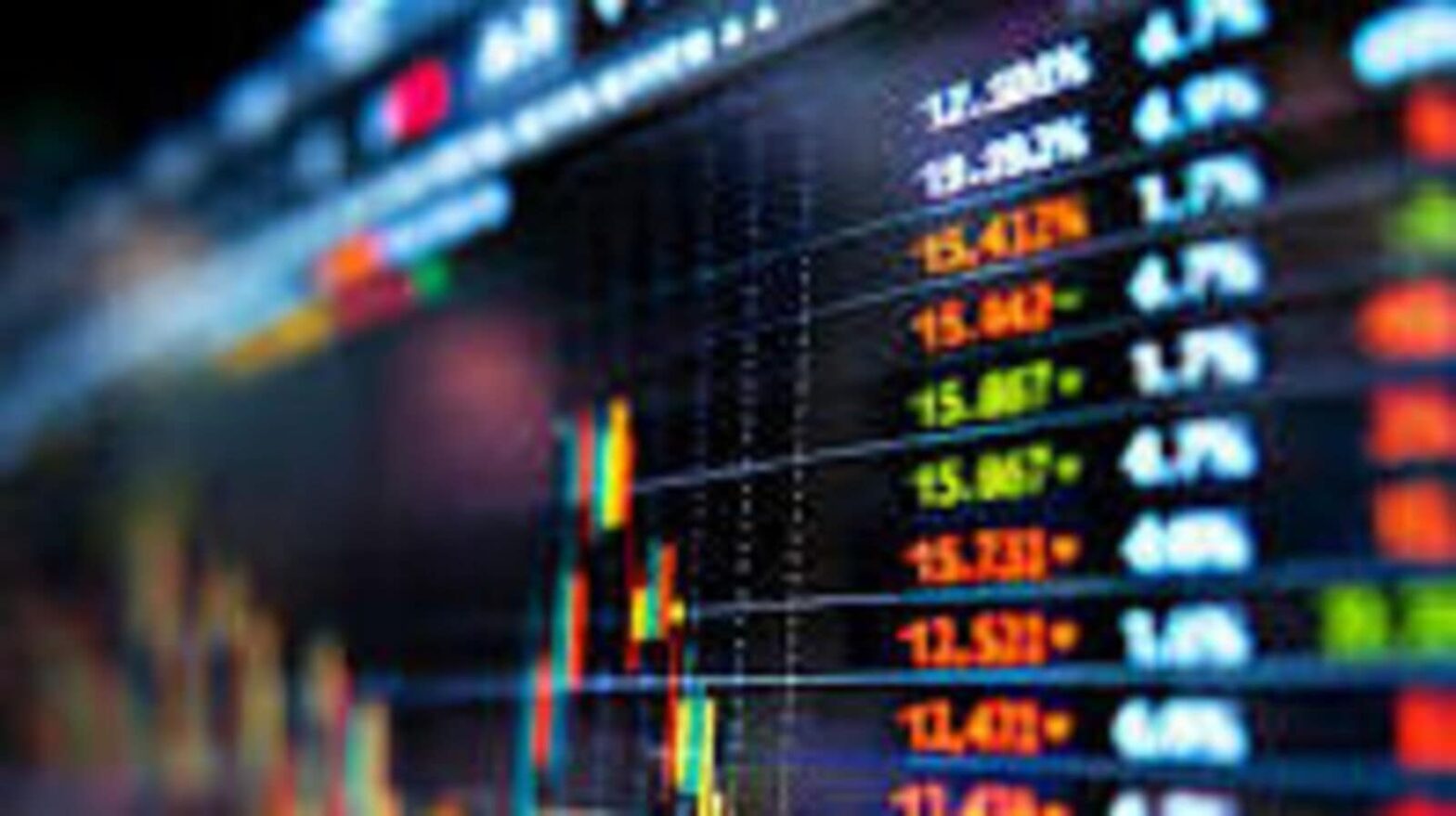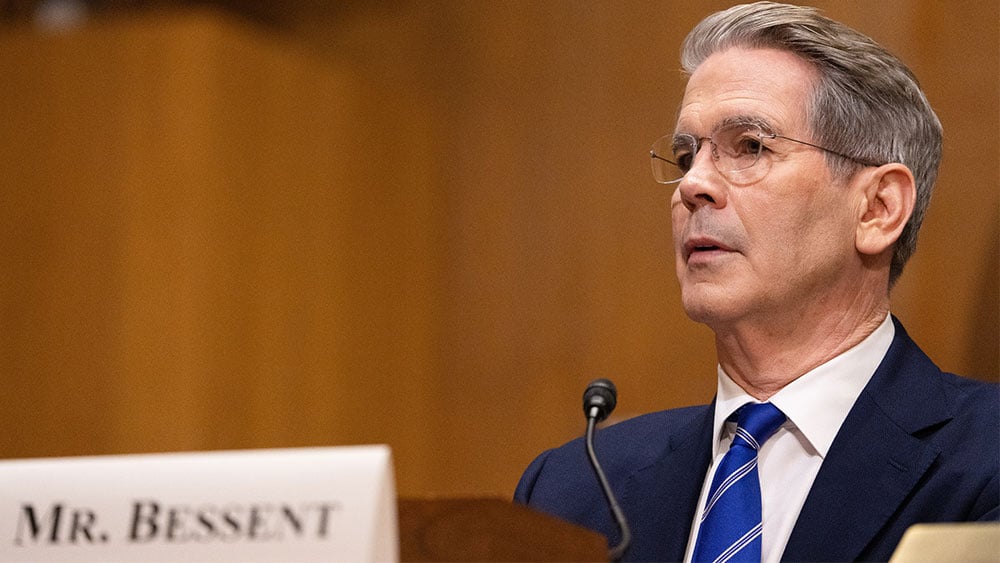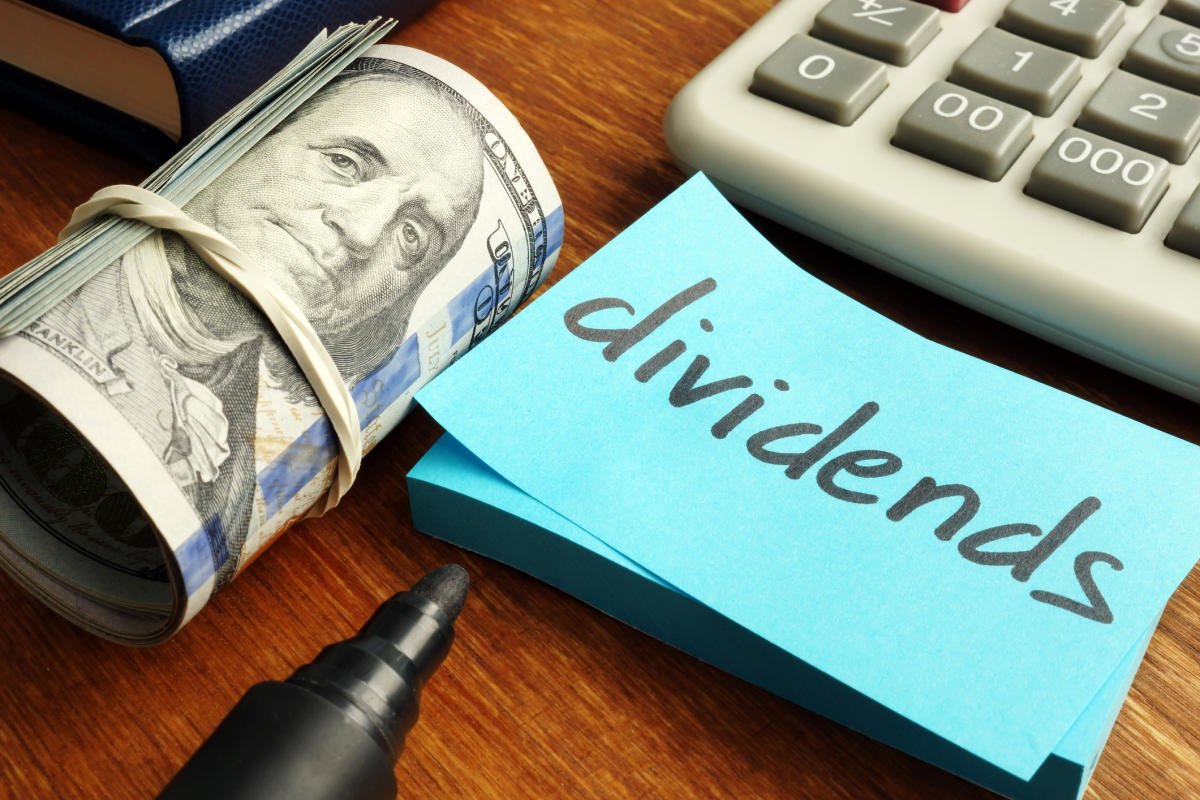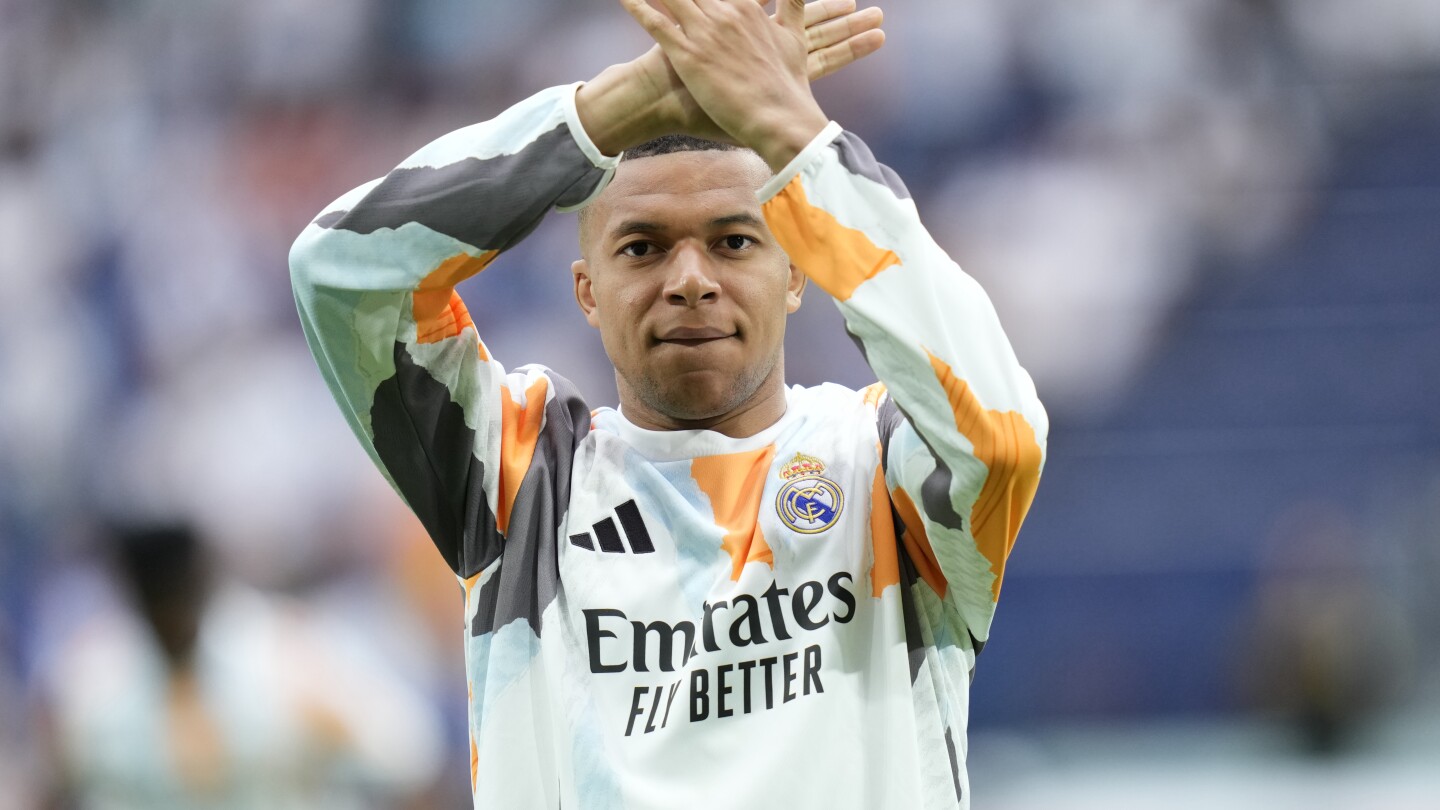Updated 2 min read
In This Article:
US stocks rocketed higher on Wednesday as President Trump announced a 90-day pause on tariffs for most countries, yet at the same time upped increasingly ballooning levies on China.
The benchmark S&P 500 (^GSPC) roared up over 9.5%, posting its best day since 2008. The tech-heavy Nasdaq Composite (^IXIC) rallied a whopping 12% for its second-best day on record and its biggest gain since 2001. The Dow Jones Industrial Average (^DJI) was up over 7.8%, or roughly 3,000 points.
“I have authorized a 90 day PAUSE, and a substantially lowered Reciprocal Tariff during this period, of 10%, also effective immediately,” Trump posted on Truth Social just before the market lifted off. Trump also said in the post that the US would be raising its tariffs on China to 125%.
SNP – Delayed Quote USD
^GSPC ^DJI ^IXIC
Asked about the pause later Wednesday, Trump nodded to what he called “yippy” stock and bond markets as a factor in his decision.
“I thought people were jumping a bit out of line,” he said. He also seemed to revel in the market’s wild upward swing, calling it the “biggest day in financial history.”
Big Tech led the rally on Wednesday. Nvidia (NVDA) soared over 18%, while Tesla (TSLA) added almost 23%. Apple (AAPL), and Meta (META) rallied about 15%. Amazon (AMZN) added 12%.
Read more: Live updates on Trump tariffs fallout
Meanwhile, the benchmark 10-year Treasury yield (^TNX) continued a recent surge, moving up near 4.4% after paring some gains.
China had retaliated on Wednesday in an escalating trade war between the world’s two biggest trading partners, which has roiled markets amid worries about the broader economic fallout. Beijing said the hike to 84% duties will take effect on Thursday.
Trump’s abrupt backtrack Wednesday completed a remarkable week of tariff whiplash. Trump’s announcement of the so-called “reciprocal” tariffs stunned markets last week, and massive hikes on Vietnam, Japan, India, and others went into full effect early Wednesday. The Nasdaq has already entered into a bear market, while the S&P 500 and Dow were creeping closer until Wednesday’s sharp move higher.
Trump had weighed in on the volatile market action just after the open on Wednesday, writing on social media that it is a “great time to buy!!!”
LIVE COVERAGE IS OVER 40 updates
-
Stocks explode higher after Trump’s 90-day pause takes worst case scenario ‘off the table’
A post from President Trump catapulted stocks to one of the most historic rallies in more than a decade.
At 1:18 p.m. ET Trump posted on Truth Social there will be a 90-day pause on his steep “reciprocal” tariffs on non-retaliating countries.
“I have authorized a 90 day PAUSE, and a substantially lowered Reciprocal Tariff during this period, of 10%, also effective immediately,” part of Trump’s post read.
The market exploded in reaction. The benchmark S&P 500 (^GSPC) roared up nearly 8% at last check, while the tech-heavy Nasdaq Composite (^IXIC) rallied a whopping 10%, aiming for its biggest gain since 2008. The Dow Jones Industrial Average (^DJI) was up over 7%, or over 2,500 points.
Big tech led the charge. Nvidia (NVDA) soared over 15% while Tesla (TSLA) added 17%. Apple (AAPL), Amazon (AMZN) and Meta (META) were up about 10%. When all was said and done, the Nasdaq Composite logged its largest single day rise 2008.
“Over the last few days it looked pretty glum, to I guess they say it was the biggest day in financial history,” President Trump said on Wednesday from the White House lawn. “That’s a pretty big change.”
Piper Sandler chief investment strategist Michael Kantrowitz wrote in a note Wednesday afternoon the market finally got a “dose of relief.”
“While uncertainty isn’t headed to zero, the worst-case scenario is off the table most likely,” Kantrowitz wrote.
SNP – Delayed Quote USD
^GSPC ^IXIC ^DJI
-
‘People were getting a little queasy’: Trump admits to ‘watching’ the bond market
On Wednesday, President Trump admitted he’s had his eye on the recent surge in yields, telling reporters on the White House Lawn, “The bond market is very tricky. I was watching it. But if you look at it now, it’s beautiful.”
“Last night, people were getting a little queasy,” he added. “The big move wasn’t what I did today. The big move was what I did on ‘Liberation Day.'”
Notably, the recent surge has landed the 10-year yield back to where it was at the end of February.
-
Summers warns: ‘We are far from being out of the woods’
Former Treasury Secretary Larry Summers, who has been outspoken against President Trump’s tariff plans, warned that Trump’s 90-day reciprocal “pause” did not yet mean that the US economy was “out of the woods.”
While the White House attempted to spin after Trump’s announcement that it was all — roughly — part of the plan, Summers said it was more likely that the administration is “rightly scared” after spooking markets.
“Reckless improvisation not a strategy and total dishonesty about what is driving them,” he said.
Summers on Tuesday had warned that the US was headed toward a recession with up to 2 million lost jobs under the previous tariff regime. As Summers hinted, though, the 10% baseline tariffs remain in effect, as well as duties on specific sectors.
-
Goldman Sachs calls for recession, then rescinds stance an hour later after Trump pauses tariffs
Goldman Sachs economics team published a note just before 1 p.m. ET on Wednesday saying they were “moving to a recession baseline.”
Goldman’s team of economists led by Jan Hatzius estimated GDP growth to decline by 1% in 2025 while noting that stance would change should the White House roll back its tariff stance. An hour later, President Trump announced a 90-day pause on a slew of tariffs.
And now Goldman Sachs doesn’t see a recession anymore. Though it should be noted it’s still quite a close call, per Hatzius’s odds.
“We are reverting to our previous non-recession baseline forecast with GDP growth of 0.5% and a 45% probability of recession,” Hatzius wrote.
-
President Trump finally gave the stock market what investors have been begging for
As the S&P 500 approached a 20% drop over the past week, investors made clear one thing they thought could stop the selling.
President Trump needed to back off the tariffs. Given that the president jacking up tariffs to their highest level in a century had been the primary catalyst for one of the worst three-day sell-offs in the S&P 500 since World War II, investors felt the only real lever to stop the bleeding was a changing of tides from Trump.
“We need to see some evidence of some negotiation very, very quickly,” Fundstrat’s global head of technical strategy, Mark Newton, told Yahoo Finance on Tuesday.
It came on Wednesday via Truth Social with a few short words.
“I have authorized a 90 day PAUSE, and a substantially lowered Reciprocal Tariff during this period, of 10%, also effective immediately,” read part of Trump’s Truth Social post.
Stocks are ripping higher now. There is plenty left to still consider regarding the tariff pause, the direction from here, and the impact of 125% tariffs on China.
But for now, at least, one investor takeaway is clear: The so-called Trump put — a level of downside in markets or the economy that investors believe will cause the president to step in — appears to be alive and well again.
“The most important thing we’ve just learned is that when faced with the near inevitability of an impending recession (and a wipeout at the midterms), the President will blink,” Justin Wolfers, an economist and senior fellow at the Brookings Institution wrote on X. “That’s usually obvious, but markets were consumed with fear that it wasn’t true this time.”
-
Two types of bond buyers
It’s been an interesting ride for Treasury yields, which are still rising after Trump’s 90-day reciprocal tariff pause on non-retaliatory countries.
The 10-year yield (^TNX) still climbed 15 basis points, currently trading at around 4.4%. Similarly, the 30-year yield (^TYX) rose 8 basis points to trade at around 4.8%.
Independent economist Peter Boockvar wrote the following in reaction:
-
US dollar still flat despite tariff news
The US dollar (DX=F, DX-Y.NYB) didn’t see much of a boost after the White House paused tariffs against non-retaliatory countries.
The US Dollar Index — which measures the dollar’s value relative to a basket of currencies (the euro, Japanese yen, British pound, Canadian dollar, Swedish krona, and Swiss franc) — traded flat in afternoon trading.
The index is down over 5% year to date as Wall Street remains on edge that shifting trade dynamics could induce a self-inflicted recession.
-
The bond market isn’t so euphoric
While stocks move higher, bond market investors are still signaling they’re worried about inflation.
The yield on 10-year Treasuries fell only marginally after Trump’s announcement, and remains up 11 basis points on the day to around 4.4%. A strong Treasury auction this afternoon also helped bring yields down somewhat from this morning’s highs, but right now no one is rushing back in to buy US debt.
-
Gold pares gains, still up 3% as stunning market rally unfolds
Gold pared gains after President Trump announced a 90-day tariff pause on imports from non-retaliatory countries, while upping levies on China to 125%.
The initially precious metal pared gains following the announcements as stocks skyrocketed higher in a stunning rally.
Gold futures were up aroung 3% at around 2:10 p.m. ET to hover near $3080, below the session highs of around $3111.
-
Russell 2000 also rips higher as small caps rally
The Russell 2000 (^RUT) ripped higher on Wednesday as the White House paused tariffs against non-retaliatory countries, fading concerns of a recession.
Small caps gained more than 7%. The index had been in a bear market over concerns of a full-blown trade war impacting the economy.
-
Treasury yields still rising after Trump tariff news
Yields aren’t reacting much to President Trump’s tariff news.
Shortly following the announcement of Trump’s 90-day reciprocal tariff pause (and more levies on China), the 10-year yield (^TNX) jumped another 12 basis points to trade around 4.38%. That represents a massive 51 basis point swing from Monday’s low of 3.87% — and the biggest three-day jump since December 2001.
The 30-year yield (^TYX) posted more modest gains but still rose six basis points after it logged its biggest move to the upside since March 2020 earlier in the week. As of the afternoon, the 30-year yield traded at 4.79%.
Yields and bonds are inversely correlated, meaning higher yields equal falling bond prices. Over the past few trading sessions, the unusual surge in long-term Treasury yields has rattled investors — and it looks like those concerns could continue.
-
Crude oil leaps above $61 a barrel
Oil bounced back after Trump announced a pause on his reciprocal tariff plan and increased US levies on Chinese imports.
West Texas Intermediate (CL=F) rose around 2.5% to trade above $61 a barrel, despite opening the day at just over $58. Brent (BZ=F), the international benchmark, jumped to $64 per barrel.
Earlier in this day, China — the biggest import of crude — announced it would implement 84% tariffs on US-made goods.
-
Sectors surge, XLK up 10% on Trump tariff news
-
Big Tech soars as Trump announces tariff pause
Wow.
-

Trump announced 90-day pause on reciprocal tariffs, market goes nuts
There it is — a pause in Trump’s reciprocal tariff plans.
On Wednesday afternoon, the president posted on his social media platform, Truth Social, that he would institute a 90-day pause on reciprocal tariffs for a swath of countries while also raising tariffs on China as that tit-for-tat trade war escalates.
Following this news, stocks were going bonkers, with the Nasdaq (^IXIC) up as much as 8% and the S&P 500 (^GSPC) rising in excess of 6%.
-
Tech is leading a narrow market rally
There is finally some green on the screen in markets.
The benchmark S&P 500 (^GSPC) was up 0.7%, while the tech-heavy Nasdaq Composite (^IXIC) rallied about 1.5%. The Dow Jones Industrial Average (^DJI) lifted 0.5% or more than 200 points. All three of the major averages were well off their session lows.
Under the surface things don’t look quite as positive though. At this time of this writing there are 59 more stocks declining in the S&P 500 on Wednesday than there are rising.
The traditional S&P 500 (^SPX) is market-cap weighted meaning the larger stocks in the index hold more weight. Therefore as they rise, they pull the index higher with it. But if you look at the equal-weighted S&P 500 (^SPXEW), which doesn’t have a company’s size influence its contribution to the index, the story is clear.
A few large cap stocks are dragging the benchmark higher on Wednesday well the rest of the market is catching less of a bid.
-
Earnings season to test how much bad news markets have priced in
The S&P 500 (^GSPC) is off nearly 20% from its most recent all-time high on Feb. 19 as fears that President Trump’s tariffs will weigh on economic growth have gripped markets.
Now, American corporates are set to report first quarter financial results as investors search for any answers on how the changing fiscal policy landscape could impact companies.
Truist co-CIO Keith Lerner told Yahoo Finance that the recent stock sell-off proves that “the market knows that [earnings] cuts are coming.”
“What I’m going to be looking for in the earnings season is maybe less about what companies are saying and more how are these stocks [acting], especially some of these ones that have been really beaten up in retail or some of these areas that really have been walloped,” Lerner said.
If a company cuts its earnings guidance but the stock moves higher it can be a sign that the bad news is already priced in, per Lerner. Piper Sandler chief investment strategist Michael Kantrowitz pointed out that companies are entering this reporting period with “super low expectations.”
“I don’t actually think earnings are going to be a negative,” Kantrowitz said.
He pointed to two companies that issued financial updates on Wednesday. Delta Air Lines (DAL) reported revenue growth stalled in the first quarter while also not reaffirming its previous full-year financial guidance. Meanwhile, Walmart (WMT) maintained its first quarter sales guidance but also warned operating profit growth will be lower than initially thought, citing tariff risk.
Still, both stocks were higher during midday trading.
-
Kashkari becomes latest Fed official to pour cold water on any near-term rate cuts
Yahoo Finance’s Jennifer Schonberger reports:
-
Apple rises 4% amid broader tech rally
Apple (AAPL) stock rose more than 4% on Wednesday as the broader tech trade attempted to stage a comeback following heavy selling in the sector in prior sessions.
Shares of the iPhone maker are still down more than 20% over the past five days as investors fear President Trump’s aggressive tariff plans will significantly impact Apple’s supply chain.
In a note to clients on Wednesday, Bank of America analyst Wamsi Mohan cited “stable cash flows, earnings resiliency and potential beneficiary of AI use on edge devices” as reasons he’s keeping a Buy rating on the stock with a $250 price target.
Elsewhere in tech, Microsoft (MSFT) and Nvidia (NVDA) were up more than 2% while Tesla popped over 4%.






